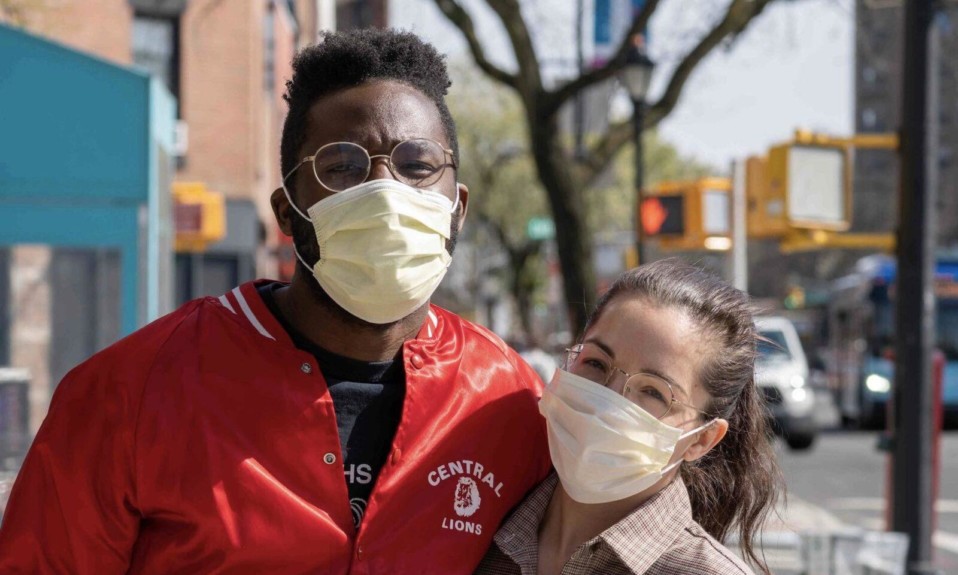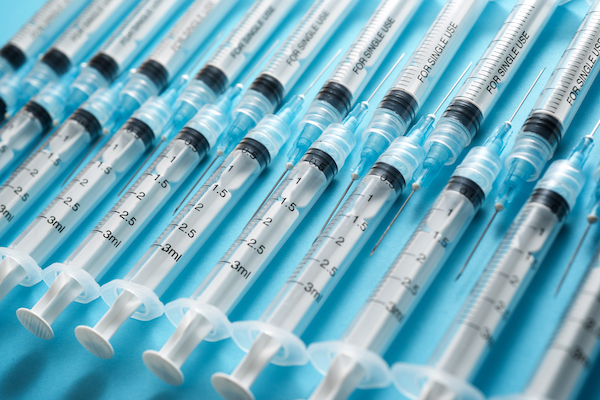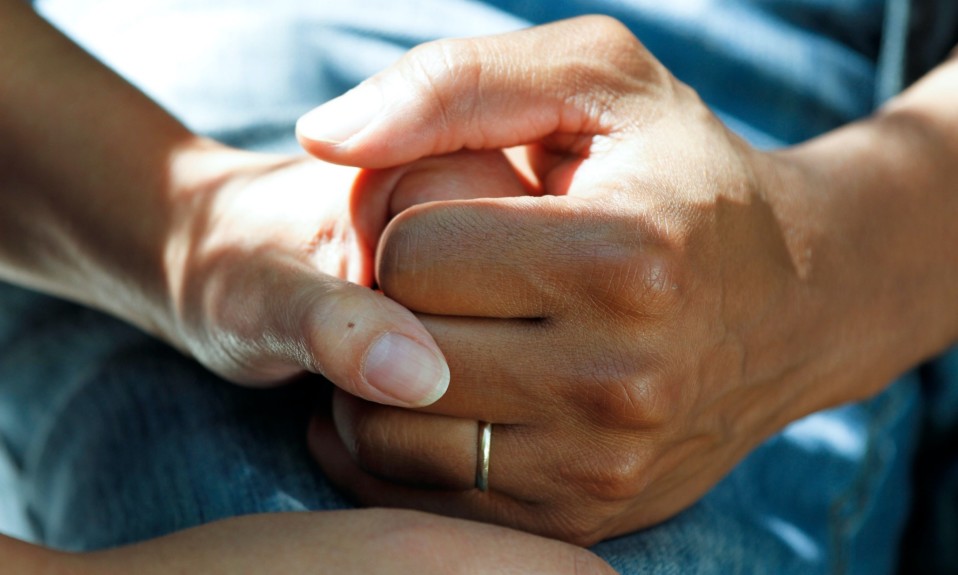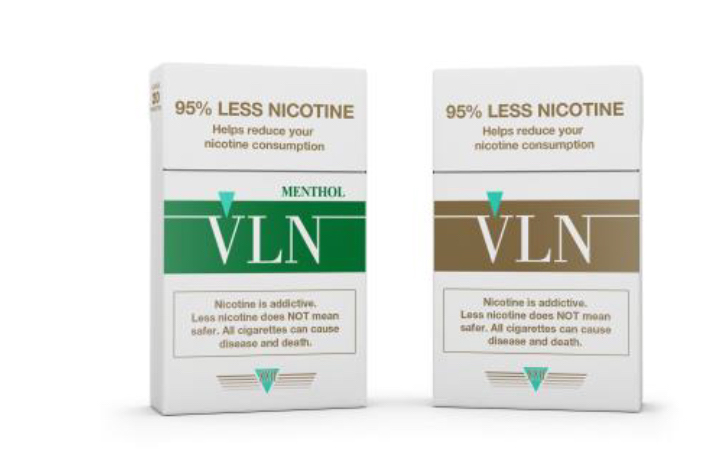Our comprehensive overview of the impact of the pandemic on the recovery landscape—and resources for getting help for substance abuse now
By William Wagner
COVID and addiction have collided disastrously. This pandemic poses the biggest public health crisis in nearly a century and, not surprisingly, has affected almost every facet of substance abuse and treatment.
Michael J. Zvolensky, Ph.D., director of the University of Houston’s Anxiety and Health Research Laboratory/Substance Use Treatment Clinic, has been studying the pandemic’s effects on addiction since the beginning, and his findings have been grim.
Patients with alcohol and substance use disorders do have an increased risk of infections—not just COVID but infections in general. In part, this is because alcohol and drugs damage the immune system.”—Lorenzo Leggio, M.D., Ph.D., M.Sc., National Institute on Alcohol Abuse and Alcoholism (NIAA)—National Institute on Drug Abuse (NIDA)
“When COVID started to hit in March [2020], we pursued a study that would have multiple timelines,” Zvolensky says. “We would assess people via an online program, asking about their psychological health, physical health and addictive behavior, and how they changed over time. One of the most notable findings was that people who are using substances, regardless of the class of drugs, are doing it increasingly to cope with emotional distress. That’s really risky. Of all the motives for use, coping motives are the most problematic. We also looked at people who were not using [before the pandemic]. We found that adults who were not using substances were suddenly using substances. That’s striking.”
The picture has been equally bleak for the centers and programs that provide treatment, as many have struggled to pay their bills because of a limited ability to offer onsite care. But amid all the bad news, there are reasons for optimism: Treatment professionals have been forced to adapt on the fly and alter the way they administer care. Some of the innovations, notably the technological components, have been effective and seem destined to become commonplace once the pandemic is behind us.
In the meantime, however, many people simply are trying to stay afloat in the roiling COVID-19 waters. What follows is an overview of the various ways the coronavirus has affected addiction and treatment. Additionally, we provide resources and point you to relevant content on our site. Stop back on this page regularly; we update it every time there’s a new development on the fast-moving COVID scene.
An Increase in Addictive Behaviors
It’s clear from the data that COVID-19 has exacerbated addiction behaviors. Consider: From March 2019 to March 2020, there was an 891% increase in calls to the Substance Abuse and Mental Health Services Administration (SAMHSA) Disaster Distress Helpline. The Recovery Village released a survey of U.S. adults in September in which 55% of respondents reported a rise in alcohol use during the previous month and 36% said their use of illicit drugs had gone up during that same time frame. The American Medical Association published in October that “more than 40 states have reported increases in opioid-related mortality.” And all those numbers are just the tip of the iceberg.
The American Medical Association published in October 2020 that ‘more than 40 states have reported increases in opioid-related mortality.’”
Addiction professionals aren’t surprised. The isolation, economic insecurity and general stress that have accompanied the coronavirus are risk factors for alcohol and drug abuse.
“What are your triggers?” Cynthia Moreno Tuohy, executive director of NAADAC, the Association for Addiction Professionals, asks rhetorically. “For some people, they might be related to COVID. The isolation. The loss of connection. The loss of your job. The loss of being able to be out in your neighborhood with your family and friends.”
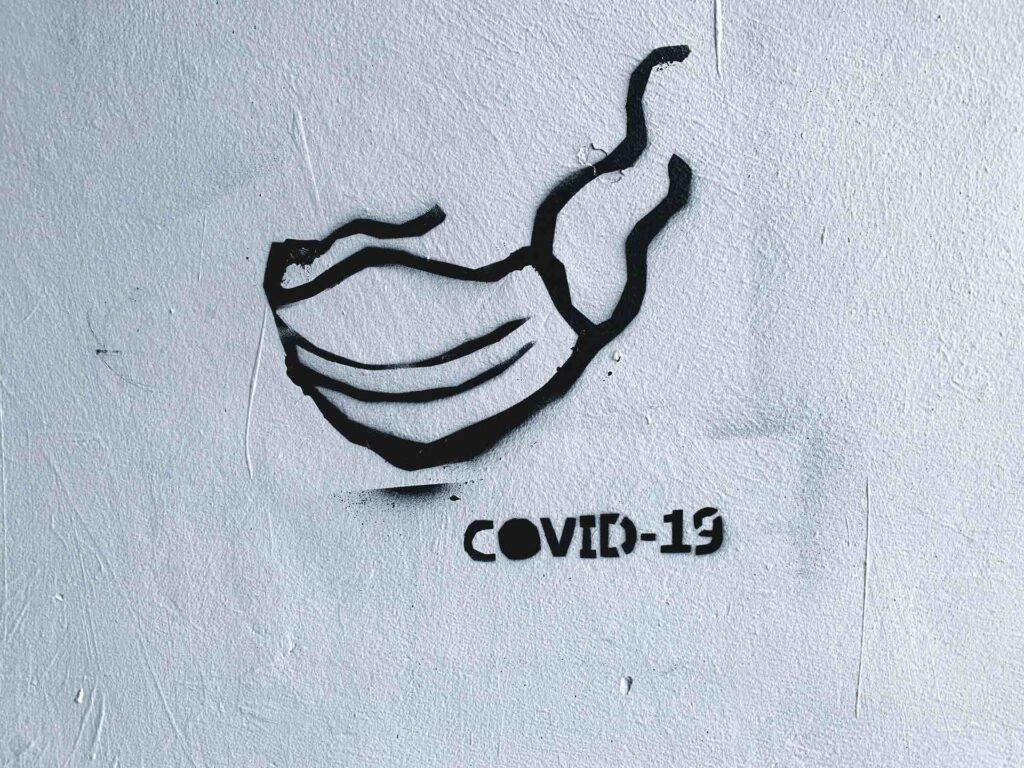
We found that adults who were not using substances were suddenly using substances. That’s striking.”—Michael J. Zvolensky, Ph.D., director of the University of Houston’s Anxiety and Health Research Laboratory/Substance Use Treatment Clinic
COVID and Addiction = Comorbidity
People with substance use disorder (SUD) or alcohol use disorder (AUD) are at greater risk of being infected by the virus. And if they do get it, their bodies have more difficulty combating its effects. In other words, addiction is a comorbidity.
Lorenzo Leggio, M.D., Ph.D., M.Sc., senior investigator for the joint National Institute on Alcohol Abuse and Alcoholism (NIAA)-National Institute on Drug Abuse (NIDA) Section on Clinical Psychoneuroendocrinology and Neuropsychopharmacology, explained the situation in an interview with TreatmentMagazine.com: “Patients with alcohol and substance use disorders do have an increased risk of infections—not just COVID but infections in general. In part, this is because alcohol and drugs damage the immune system. They make your immune system vulnerable, which increases your risk of getting infections. …And then when they get an infection—compared to someone who’s healthy—they have multiorgan medical problems. The body is less able to fight against the virus, and this leads the body to be more susceptible to complications from it.”
From March 2019 to March 2020, there was an 891% increase in calls to the Substance Abuse and Mental Health Services Administration (SAMHSA) Disaster Distress Helpline.”
COVID’s Impact on the Business of Treatment
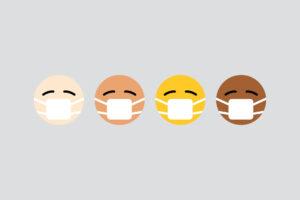
It’s pretty basic: To continue to provide care to those who need it, treatment centers and programs have to stay in business. And that’s become a difficult proposition in the age of COVID. The National Council for Behavioral Health (NCBH) surveyed its approximately 3,000 members and then released a report in September that contained the following numbers: Behavioral care organizations had lost 22.6% of their revenue during the pandemic, and 39% believed they couldn’t hang on for more than another six months.
Making matters more challenging, 52% of the organizations surveyed had experienced more demand for their services since the onset of the pandemic. “Unfortunately, it’s a self-perpetuating cycle,” Chuck Ingoglia, CEO of the NCBH, said in an interview with NPR. “You have fewer staff or fewer programs, which means you can treat fewer people, which then has a long-term impact on your revenue.”

Treatment Technology: A Ray of Hope?
If something good has come out of the pandemic, it’s the emergence of technology as a tool for treating addiction. The CARES Act of March 2020 expanded access to addiction telehealth services, with patients and professionals alike widely viewing this form of treatment as a success. Furthermore, recovery organizations like Alcoholics Anonymous have made meetings available virtually, and a growing number of treatment-oriented apps also have come to the fore.
“The reality is, telehealth is an excellent way for patients to reach care,” Zvolensky says. “We’re getting more engagement now with virtual care. And there are also digital apps. Most are not evidenced-based, but there is a strong push to catalog the evidence-based digital interventions for mental health and addiction. Over the next five to 10 years, you’ll see a huge push in that direction, which will be great.”
Indeed, addiction professionals predict that these technological wrinkles will become the norm in the years ahead.
“The way we deliver treatment is likely to be changed after the epidemic,” NIDA director Nora Volkow told NPR, referring to the rise of telehealth. “Now everyone uses it. And that is a game changer.”
COVID and Addiction Resources
If you’re feeling like the pandemic-related stressors are starting to get the better of you, don’t hesitate to engage your personal recovery support circle. These resources might also be helpful:
Centers for Disease Control and Prevention (CDC)
National Institute on Drug Abuse (NIDA)
Substance Abuse and Mental Health Services Administration (SAMHSA) Disaster Distress Helpline
Alcoholics Anonymous online support
Your TreatmentMagazine.com COVID-19 Primer
Addiction Added to COVID Vaccine Priority List (4/1/21)
New Program Brings COVID Vaccines to People With Addiction (3/30/21)
What Does the American Rescue Plan Act Mean for Addiction Care? (3/16/21)
Are Mental Health Therapists Getting the Help They Need? (3/9/21)
How Is Treatment Balancing the Trauma of These Times? (2/23/21)
A Post-COVID Addiction-Care Tsunami Is Coming (1/28/21)
Free Mental Health Resources for Frontline Workers (1/21/21)
COVID Curbs College Drinking (1/5/21, last item: From the Journals)
OD-related Cardiac Arrests Spike During COVID (12/15/20)
Treatment Community Prepares for COVID’s “Dark Winter” (11/24/20)
Pandemic PTSD: “This Is a Real Thing” with a Long-Term Impact (10/22/20)
COVID-19 Batters the Behavioral Care Industry (10/1/20)
“A Perfect Storm”: The Crisis of COVID and Addiction (9/23/20)
Gambling Concerns Mount During Pandemic (9/7/20)
How COVID-19 Is Changing Treatment (8/20/20)
What Will Treatment Look Like After COVID-19? (6/14/20)
Photos: Julian Wan, Adam Niescioruk, United Nations


